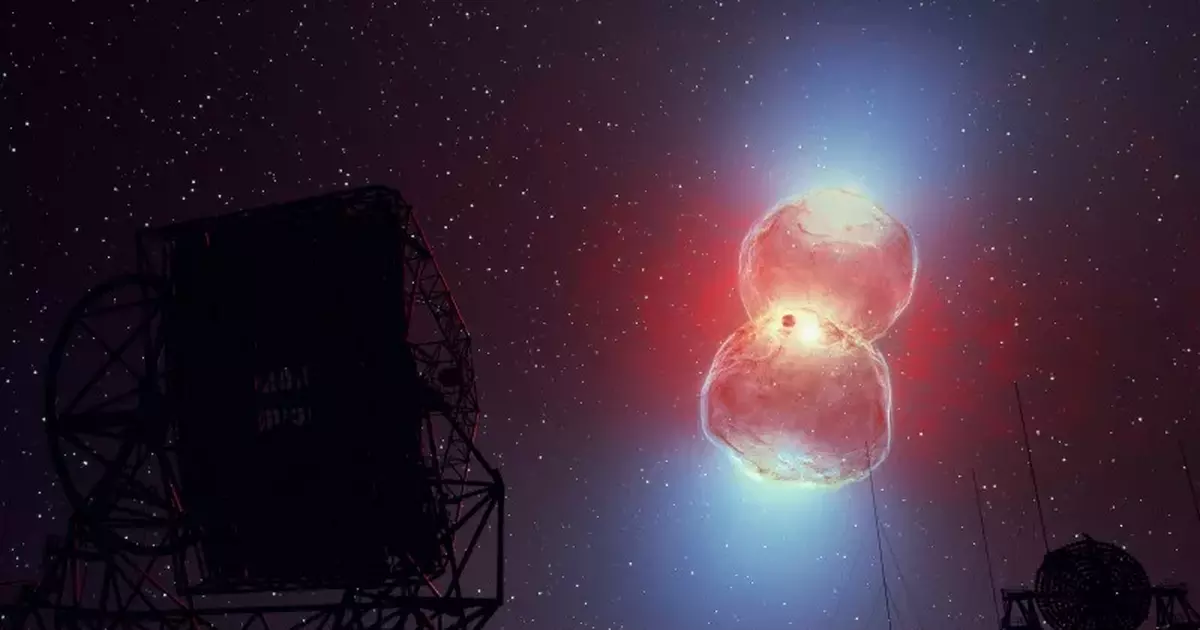Saturn’s rings will disappear in 2025, or at least that’s what we think. The planet will be so tilted relative to Earth that its most famous features will be invisible to us for months. According to scientists, the real destruction of the rings may occur, but it will take hundreds of millions of years.
Saturn stands out among the planets of the solar system because of its rings, and although other objects also have them, they are less noticeable and less impressive. To see them with their own eyes, it is worth rushing, because in 2025 the rings will disappear from our field of view. But there is no reason to be afraid, they will come back.
On the edge
As astrophysicist Jonty Horner of the University of Southern Queensland in Australia explained, the perspective from which we look at them will be responsible for the disappearance of the rings. Like our planet, Saturn is slightly tilted relative to its orbit, making it appear to wobble along its axis of rotation and, from time to time, align the edge of its rings with Earth.
– The planet’s ring system extends over a large distance, but it is very thin. In most places, its thickness does not exceed tens of meters, and it seems to disappear when viewed from a distance. This can be easily visualized by turning a sheet of paper so you’re looking at it along the edges, Horner explained.
This apparent disappearance of the rings occurs regularly, on average every 13 to 16 years – the last time such a situation happened in 2009, and previously in 1995. According to NASA calculations, the rings will disappear from us in March 2025. After a few months they will be slightly visible This was confirmed by Amy Simon of the Robert Goddard Space Flight Center in an interview with CBS News.
Saturn during the “disappearance” of its ring in 1995 (bottom) captured by the Hubble TelescopeNASA/R. Baby/Dr. Gilmore/L. Bergeron/AS Bosch/AS Rifkin/RC Place/PI
Destruction is inevitable
But this does not mean that Saturn’s rings have always been part of the landscape of the solar system and will remain so. In May, scientists examining Cassini mission data suggested that Saturn’s rings are much younger than previously thought, and may have formed within the past 400 million years. Over the next hundreds of millions of years, the structures could disappear completely, pulled by the planet’s enormous gravity.
The driving force behind the loss of Saturn’s rings is a phenomenon known as “ring rain” — fragments of ice and dust they form gradually falling toward the gas giant. Scientists have estimated that they lose between 400 and 2,900 kilograms of water every second.
This process led to the hypothesis that the rings of the other planets (Jupiter, Uranus and Neptune), now faint and less distinct, may have been as magnificent as the rings around Saturn, but were destroyed by annular rain.
Smithsonian Magazine, The Conversation, CBS News
Main image source: NASA/JPL-Caltech/Space Science Institute

Echo Richards embodies a personality that is a delightful contradiction: a humble musicaholic who never brags about her expansive knowledge of both classic and contemporary tunes. Infuriatingly modest, one would never know from a mere conversation how deeply entrenched she is in the world of music. This passion seamlessly translates into her problem-solving skills, with Echo often drawing inspiration from melodies and rhythms. A voracious reader, she dives deep into literature, using stories to influence her own hardcore writing. Her spirited advocacy for alcohol isn’t about mere indulgence, but about celebrating life’s poignant moments.






